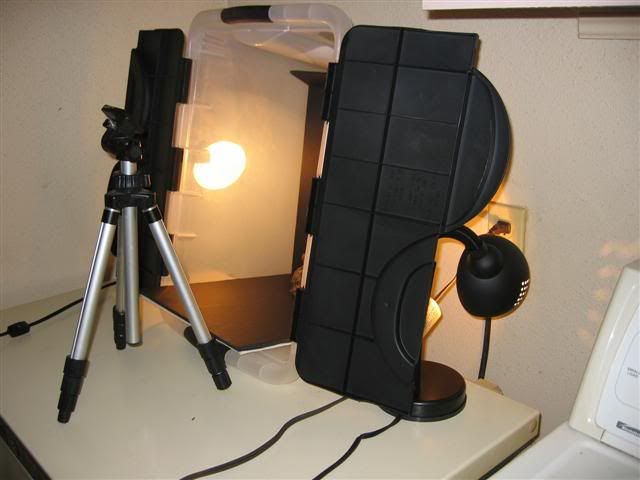I have been trying to take pictures of my pens to post. I have a Kodak DX4530 5.0 mega pixel cameral. I am just not happy with pictures to try and post. How close do you get, how much light? do you use a flash? Is it better to take pictures of just 2 or 3 pens at a time? or more? Any sugestions would be appriciated.
Tom
Tom

 Loring in Katy, TX USA
Loring in Katy, TX USA





Comment